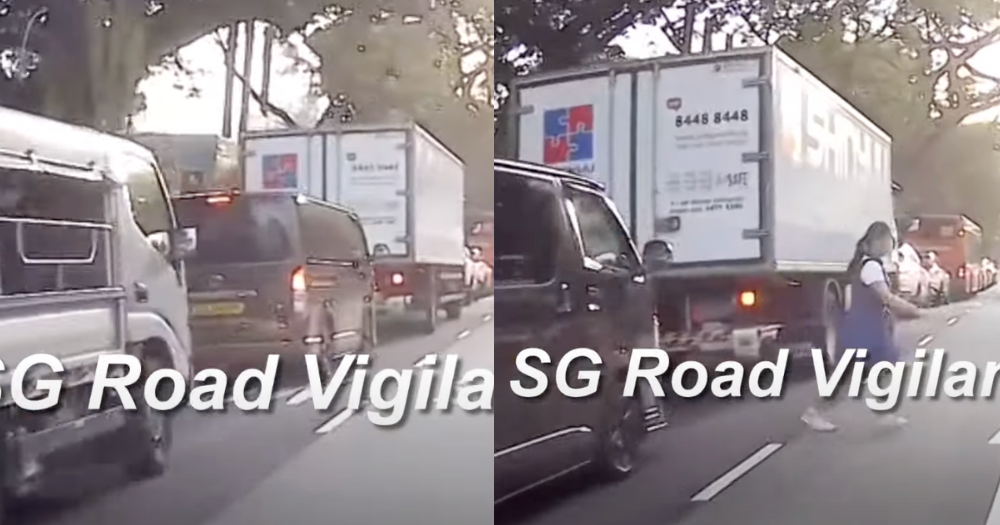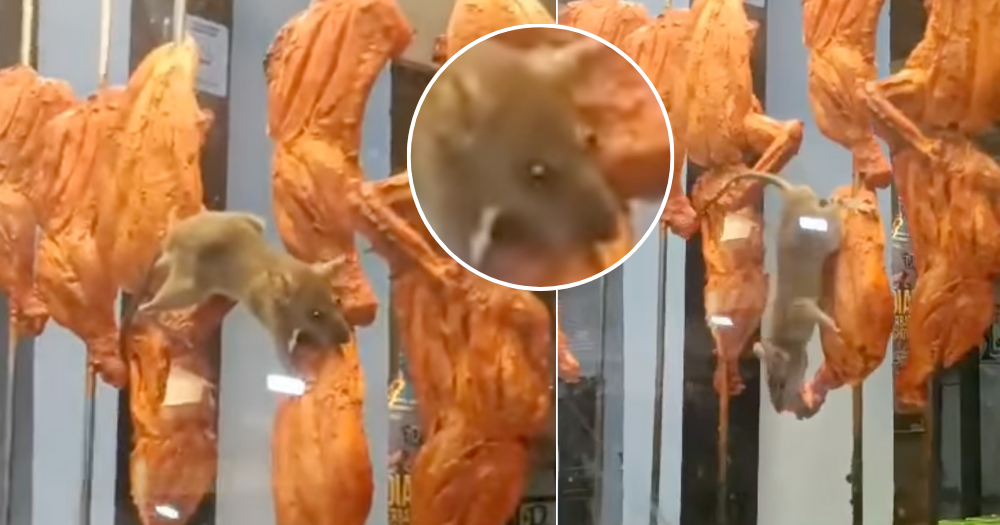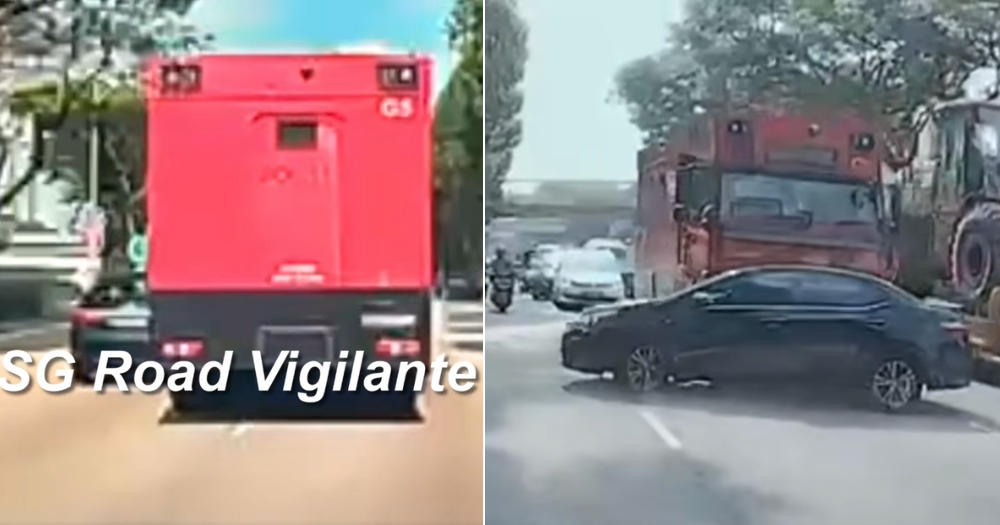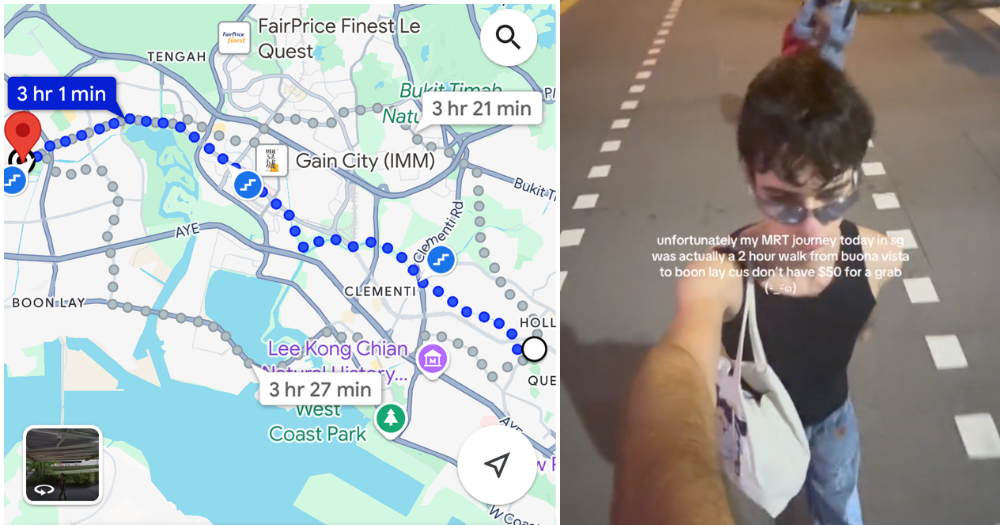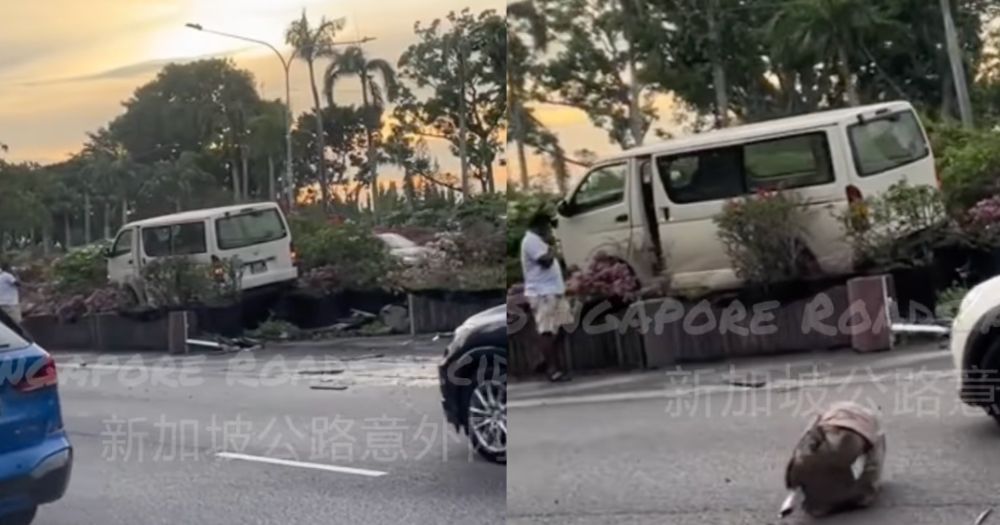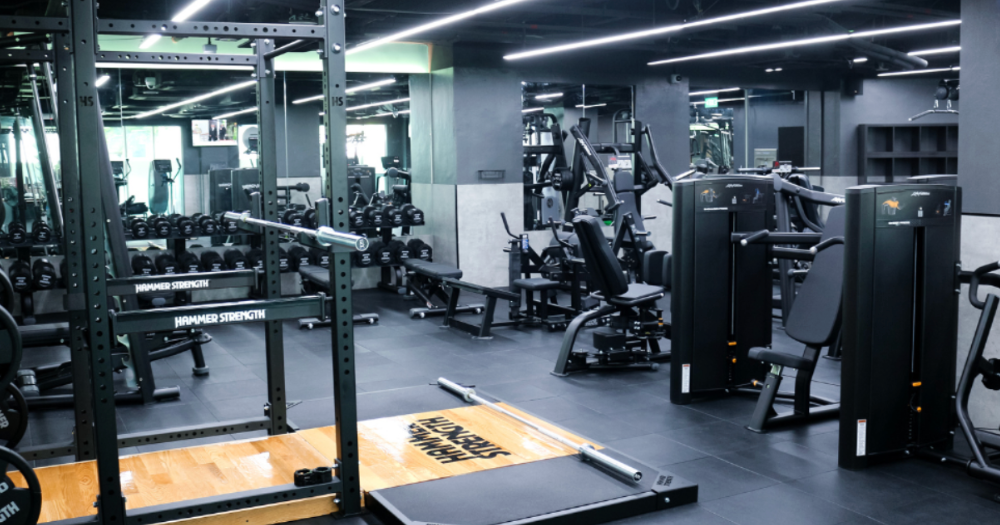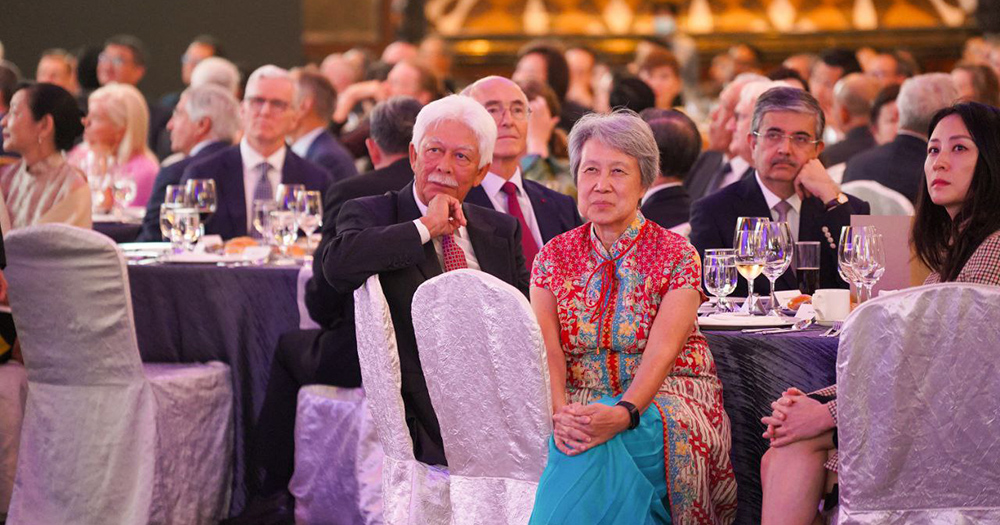Orchard Road has changed over the years. That doesn’t mean it’s soulless & boring.
Hidden gems aplenty.
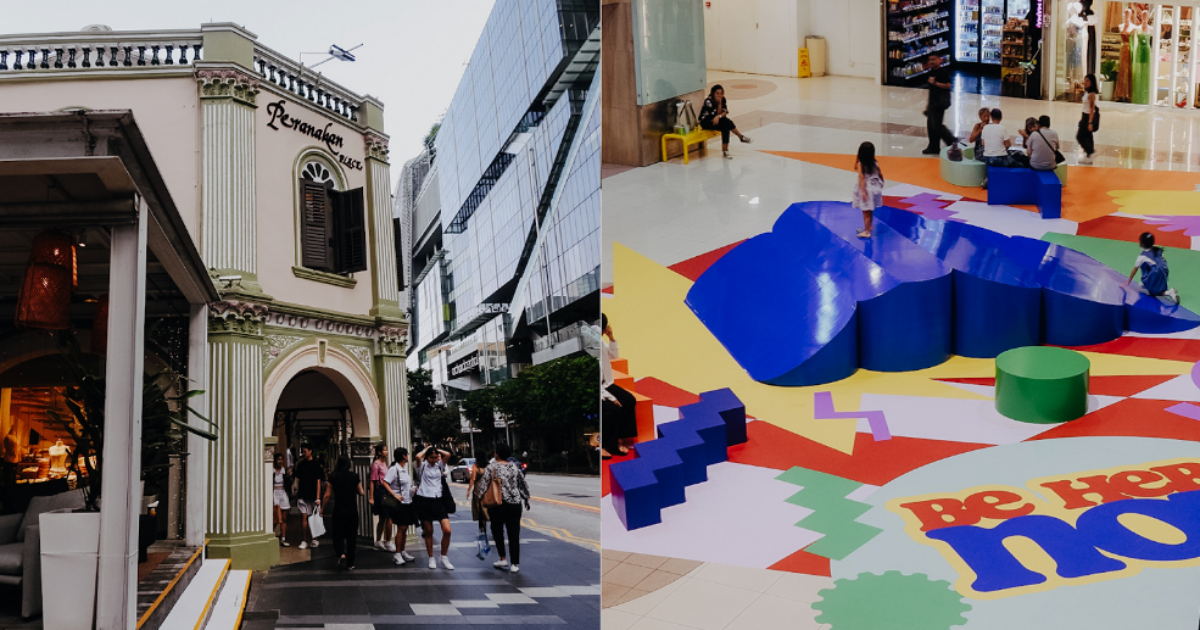
Sometime during the pandemic, when Singaporeans were in the peak of their nostalgia for their regular lives, this image was circulated on social media.
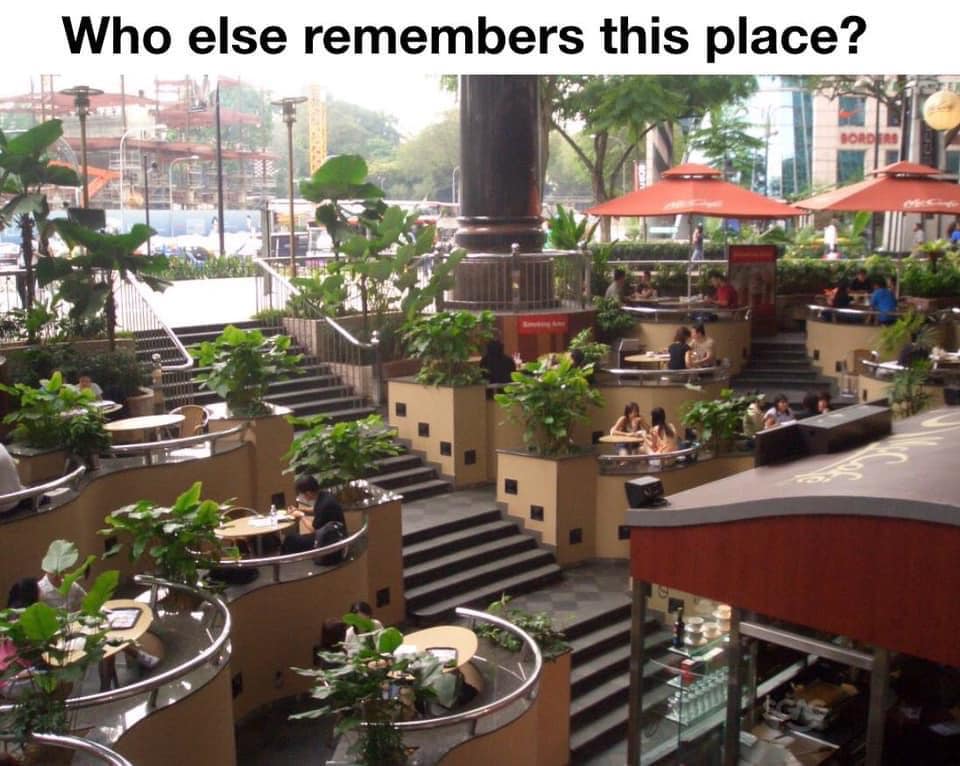
If you’re too young to remember, this was the iconic Lido McDonald’s. A teenage hotspot in the early 2000s, it — like many other once-familiar sights in town — no longer exists.
I have plenty of fond memories of Orchard Road. Hanging out at Scape in search of phone covers and pre-loved clothes.
Trawling Borders for the perfect book.
Strolling down the boulevard on Christmas, enchanted by the lights and the music.
But Orchard Road has changed over the years. Mention the name to any Singaporean and you’re fairly likely to get this (slightly disdainful) response: “It’s for tourists.”
I’m not gonna lie. I haven’t been to Orchard in a while, at least apart from the occasional lunch or department store trip.
So as Orchard Road’s once-upon-a-time biggest fan, and now its biggest skeptic, I decided to pay a visit myself.
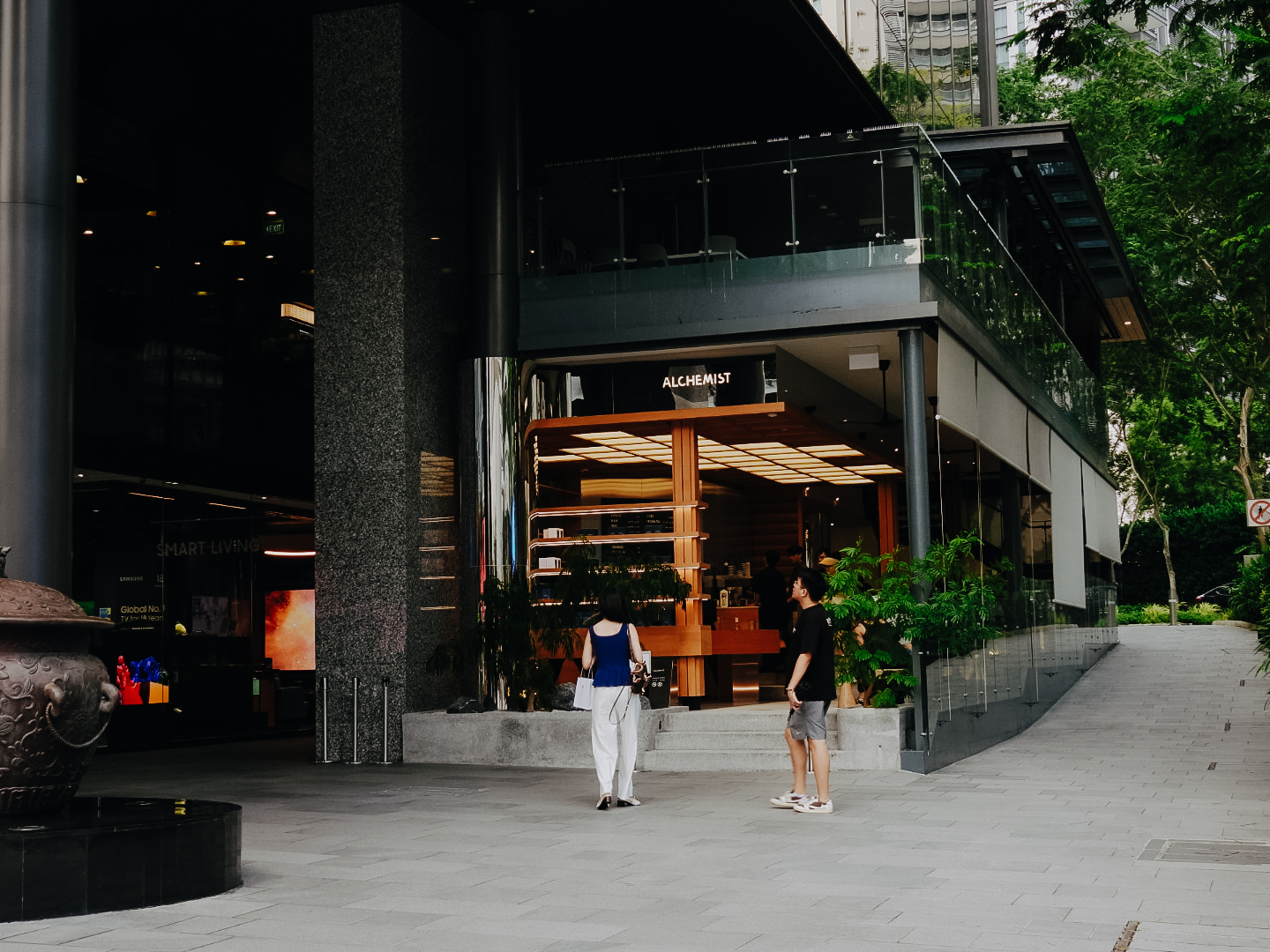
Re-Route Orchard
My trip wasn’t spur-of-the-moment though.
It was inspired by a new festival under Singapore Design Week, “Re-Route: Orchard”, from Sep. 26 to Oct. 6.
There are a few sentiments to the whole project, but it can essentially be summed up with this: Orchard Road isn’t dead.
With a series of design installations at various parts of town, the point was to travel through the iconic street and rediscover its charms through the ages.
There was even a map of the festival (and a curated list of eight hidden gems), which you can access here.
I began my journey at Design Orchard. When it first opened in 2019, I was attracted by the promise of cool local brands.
Fast forward to 2024 and it is still pretty cool. Plus, Re-Route brought in a retail showcase of forward-looking local brands which featured my weakness: quirky, unusual clothes and accessories.
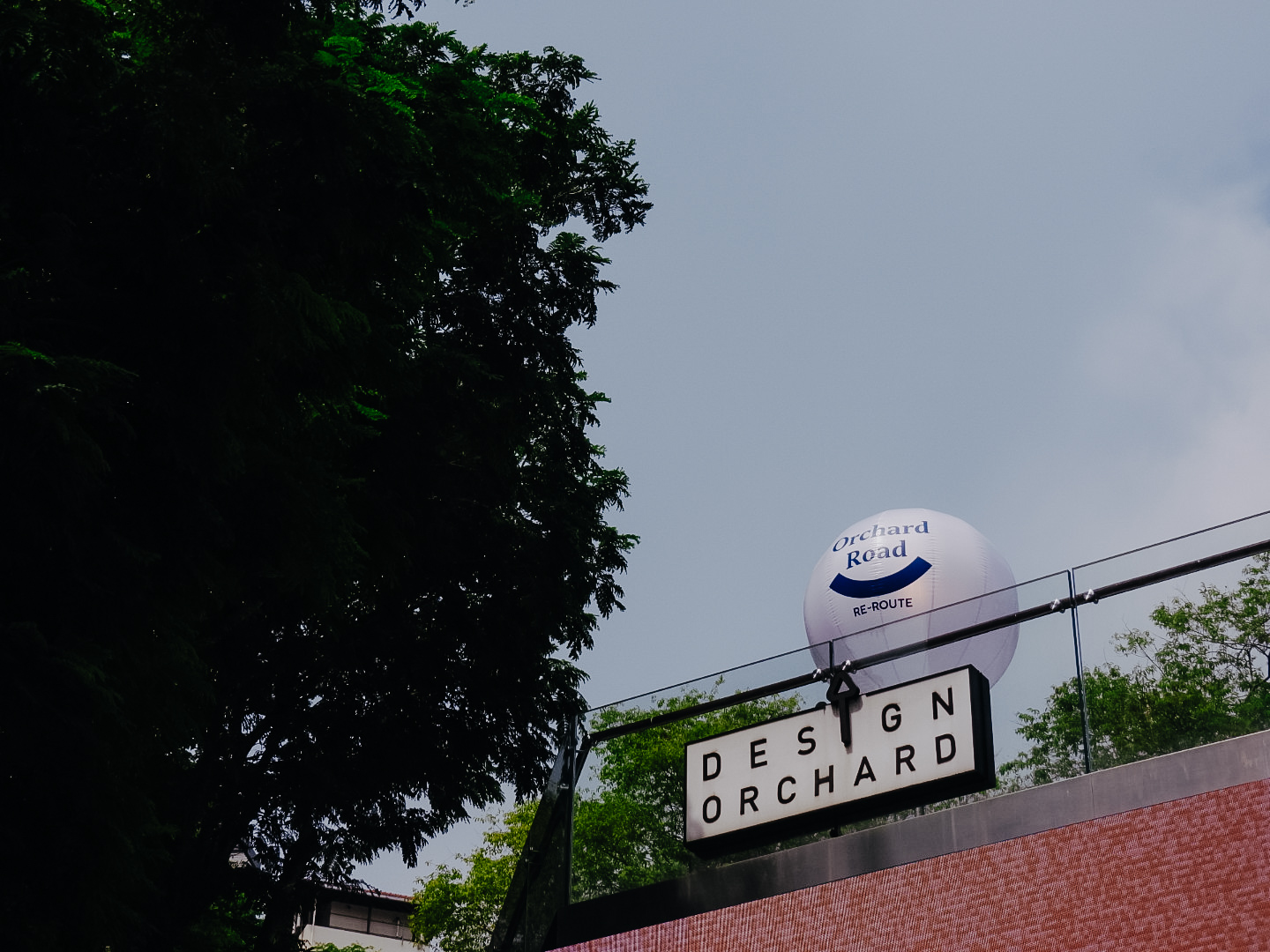
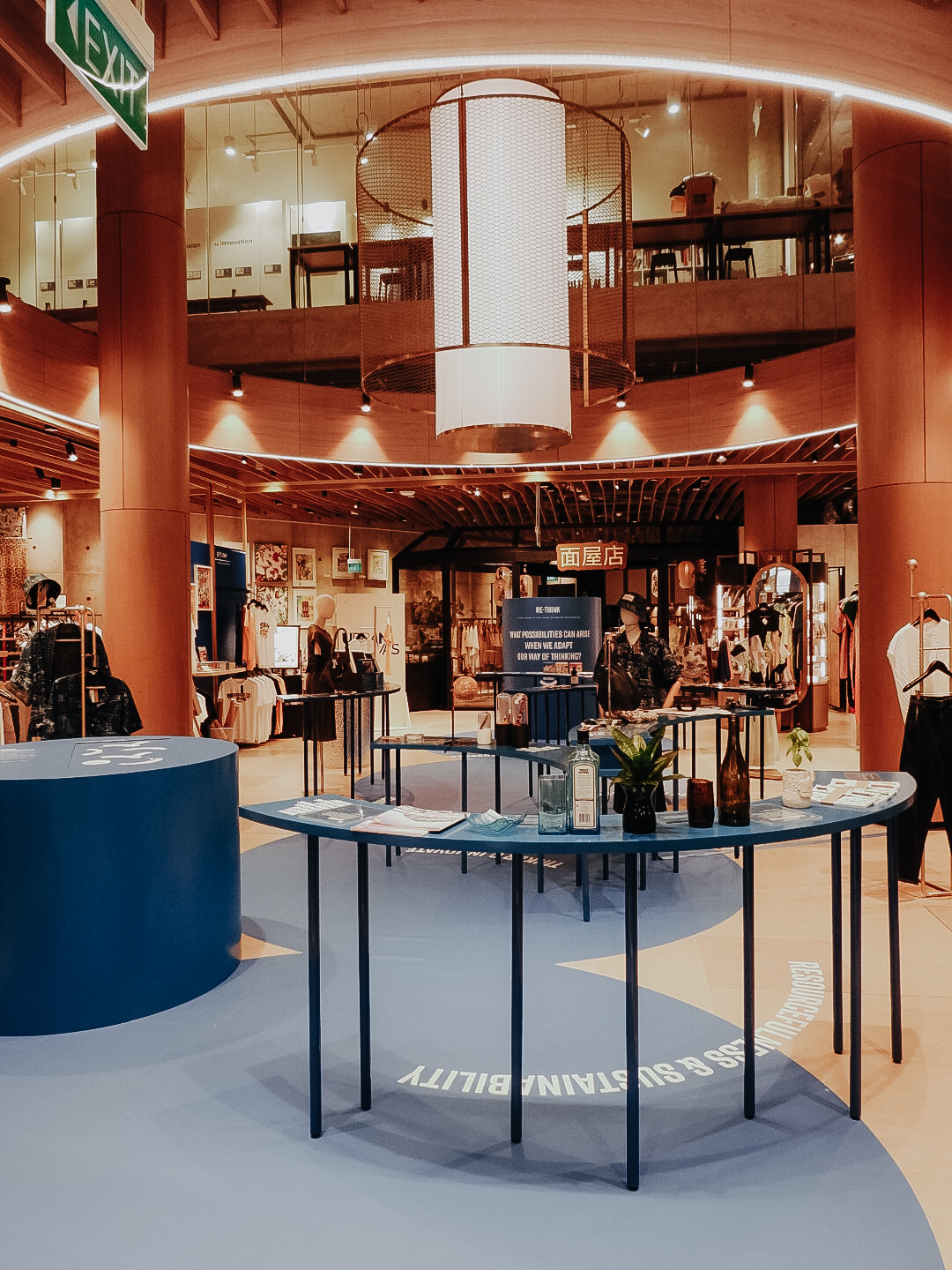
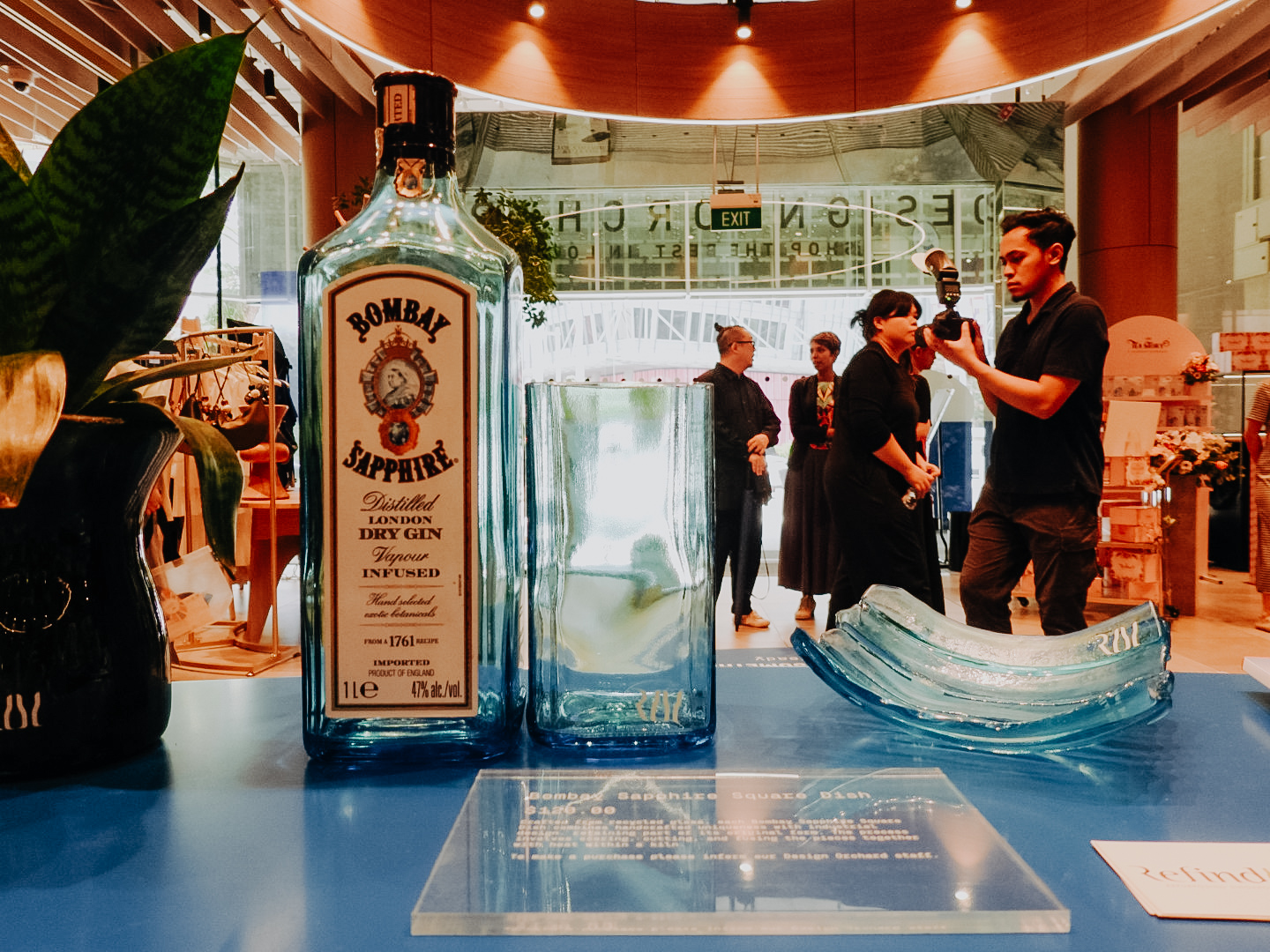
But apart from the usual assortment of stuff — some leaning into the sustainable drive, others more artistic and creative — there were also items that were more evocative, yet uncomfortable.
Like a collection of taxidermied butterflies, which were made into sculptures and even jewellery.
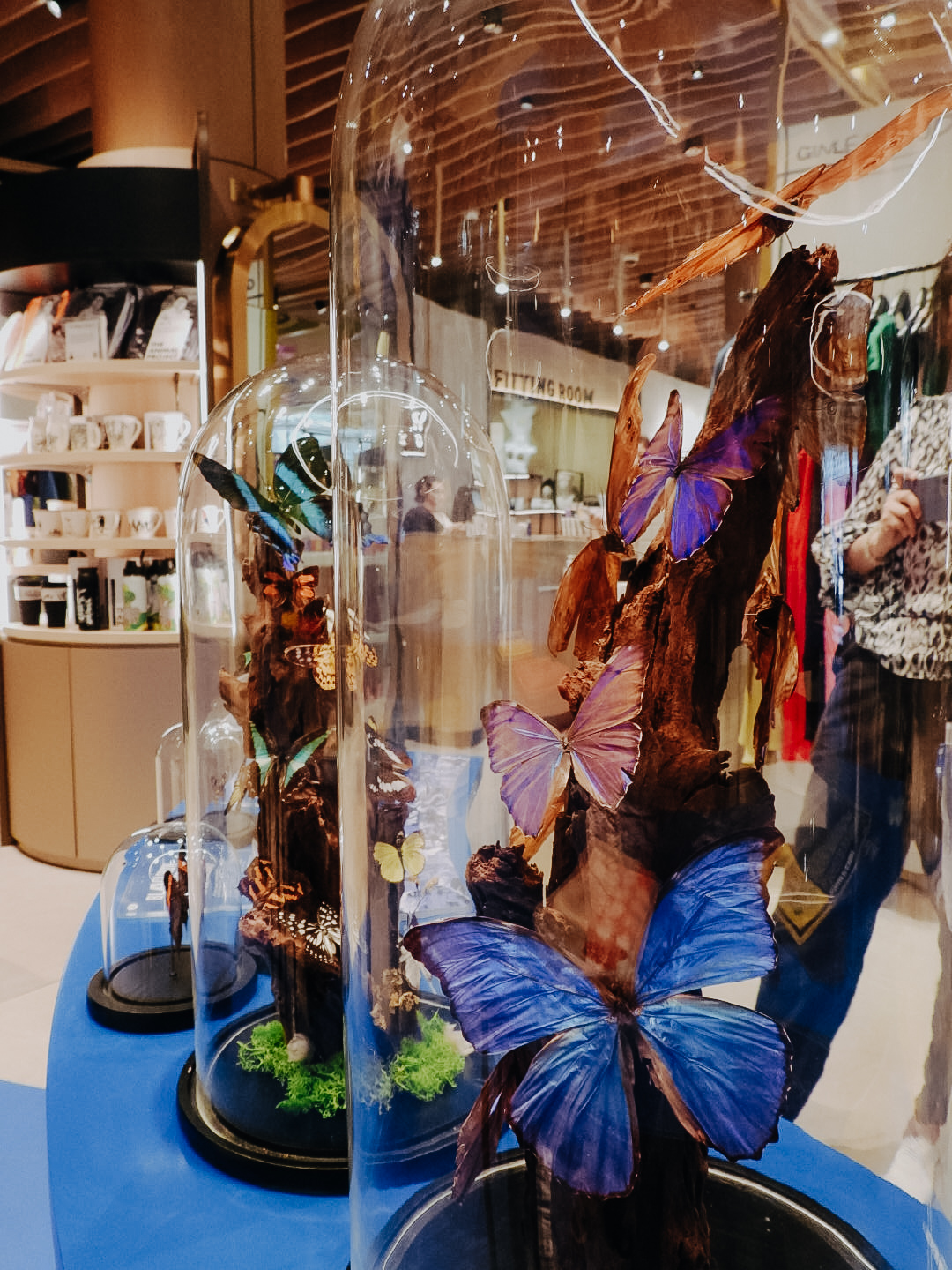
As the saying goes: art should comfort the disturbed, and disturb the comfortable.
Thoroughly disturbed (but also strangely fascinated), I decided to move on.
Making my way downtown
The next few stops were less thought-provoking, but more nostalgic.
First, I stopped by The Centrepoint Orchard to check out an exhibition of Kopitiam chairs.
Yes, you read that right.
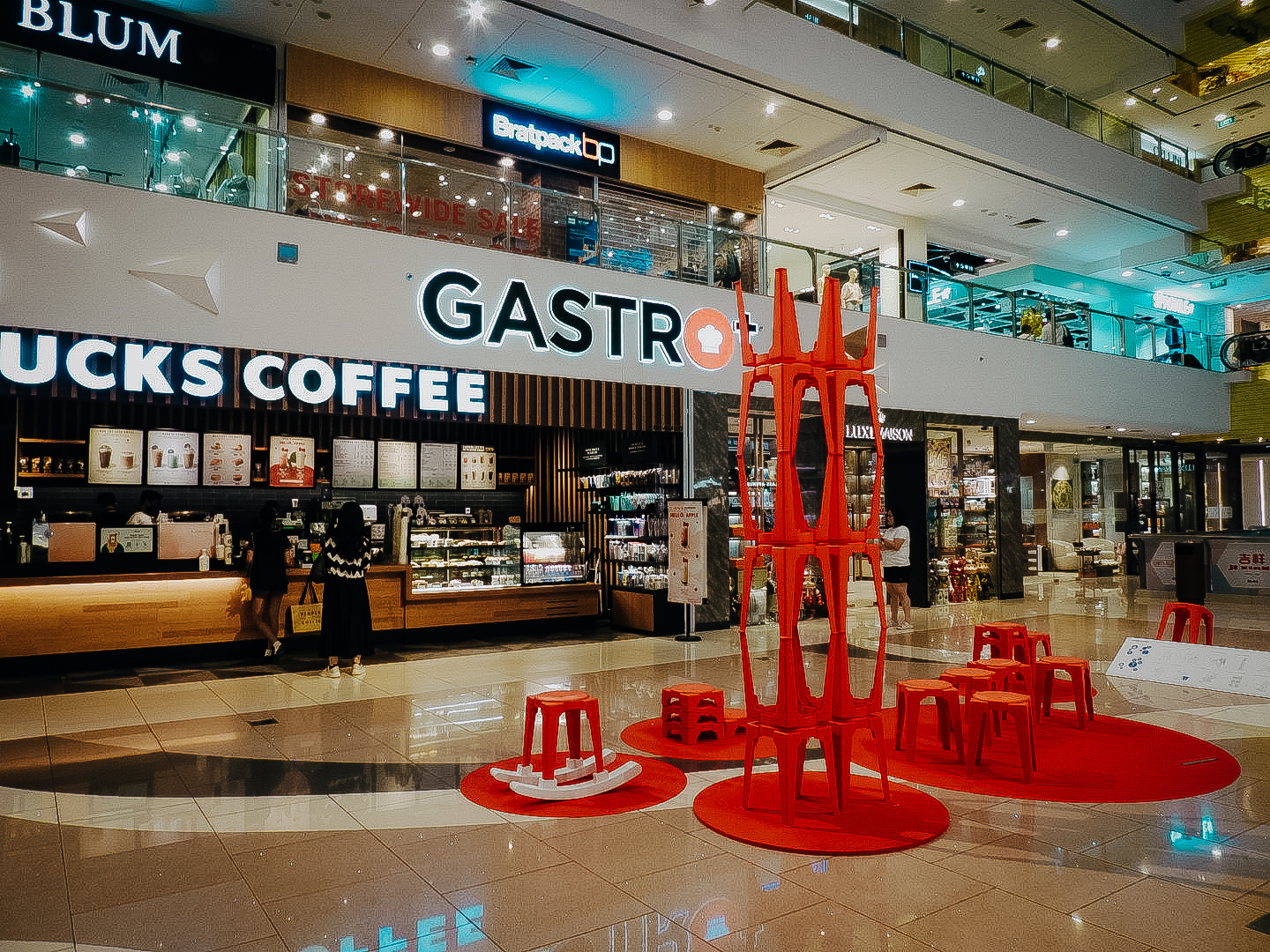
The exhibition was designed as a showcase of the myriad ways that Kopitiam stools can be used — some more practical, some more outlandish.
Need a child-friendly chair? Here are a couple of stacked stools.
A bin? Turn it upside down and drape a plastic bag over it.
A basketball hoop? A bench? A rocking horse? No problemo.
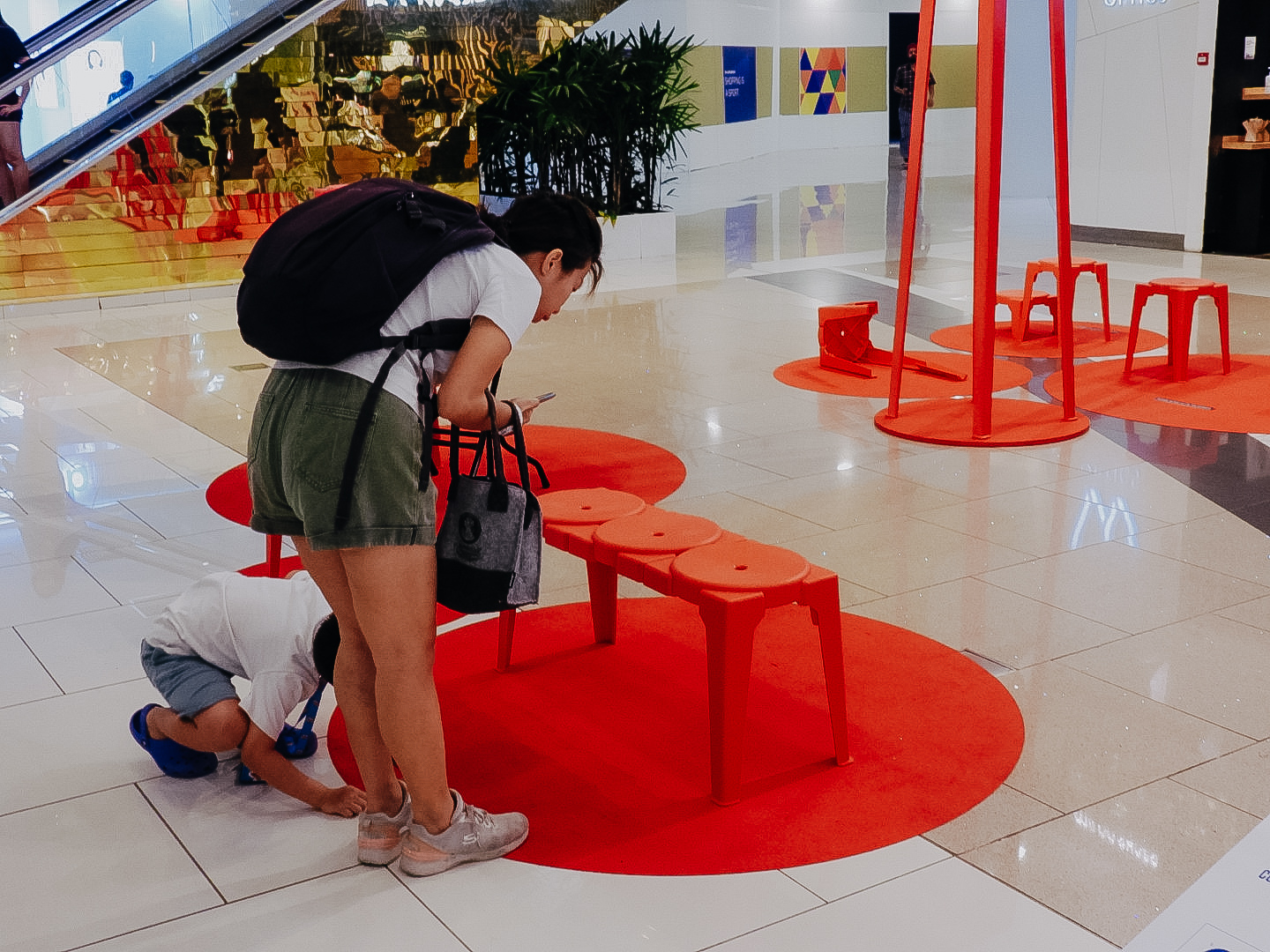
That aside, I was reminded of how I used to come to The Centrepoint with my parents as a kid.
My parents were part of the “Centrepoint Kids” generation, who were teens in the 1980s. Back then, it was a prime hangout spot for the who’s who; the Harajuku of Singapore, perhaps.
By the time I was born, it was still vibrant enough that I’d go there for those free kids’ performances during the school holidays, featuring some iconic cartoon character or another.
Another mall I visited was Far East Plaza.
Yet another mall that was part of my parents’ heyday, I’ve never paid much attention to it.
But even these days, whenever my mum wants a formal dress for an event, her immediate suggestion will be to check out Far East Plaza, which she insists is “cheap and good”.
In an appeal to that nostalgia, Re-Route Festival installed an 80s-inspired playground right in the middle of the mall.
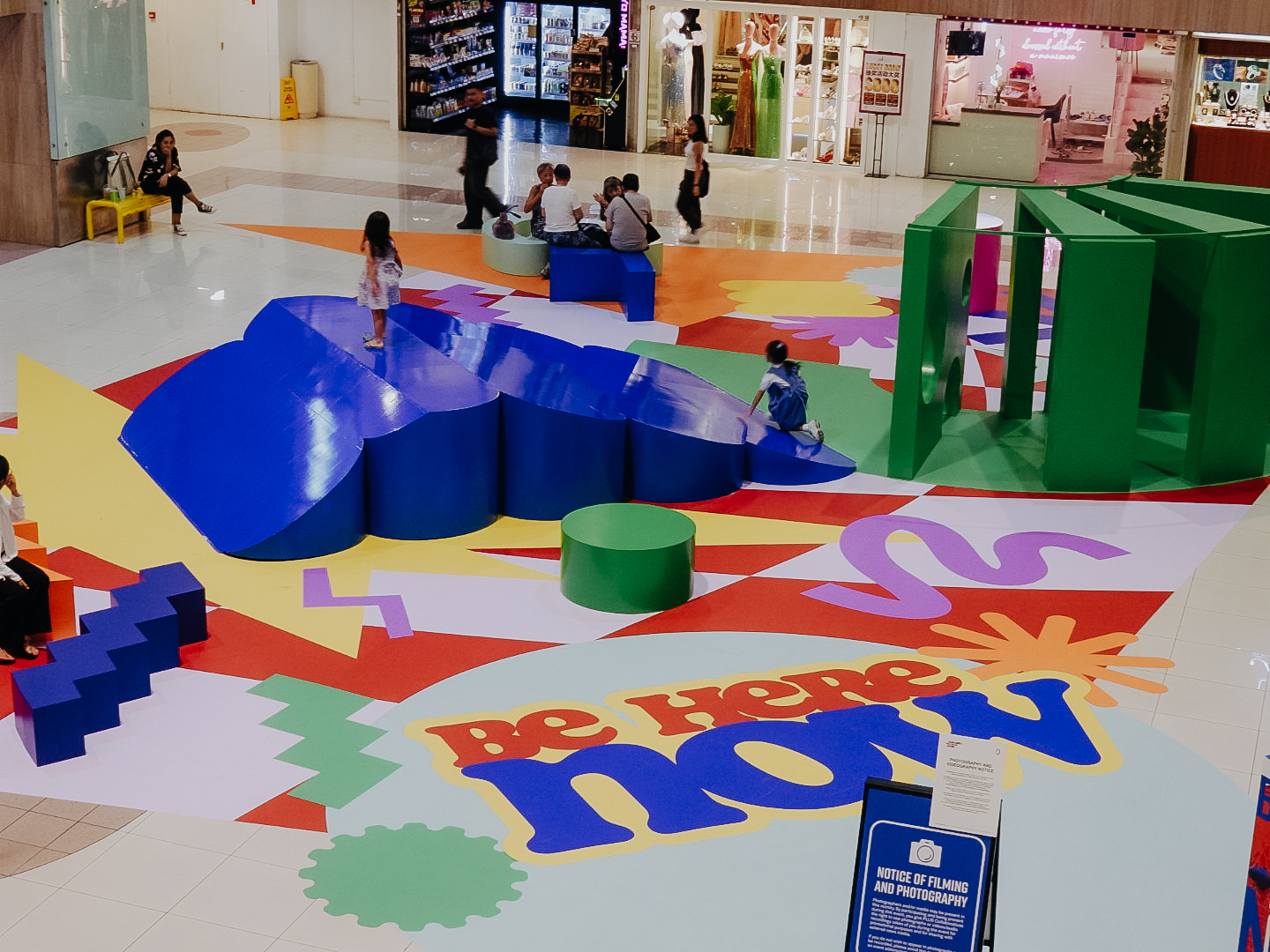
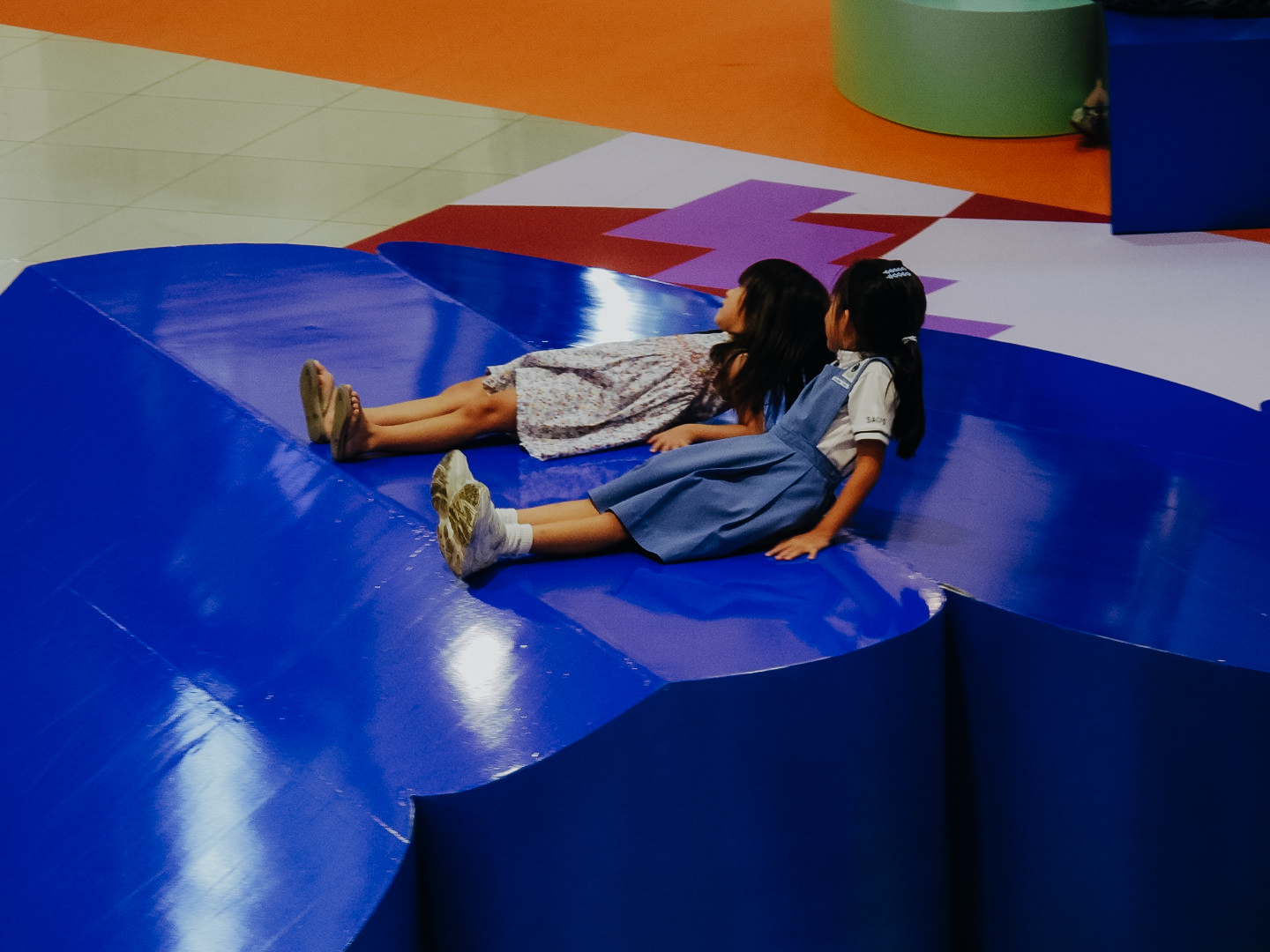
The idea of this, explained festival director Cheryl Sim, was that the teenagers who used to frequent the mall in the 80s — who would now be adults — could now bring their children to the same mall they spent their youths in.
They’d be able to enjoy the same mall, four decades apart.
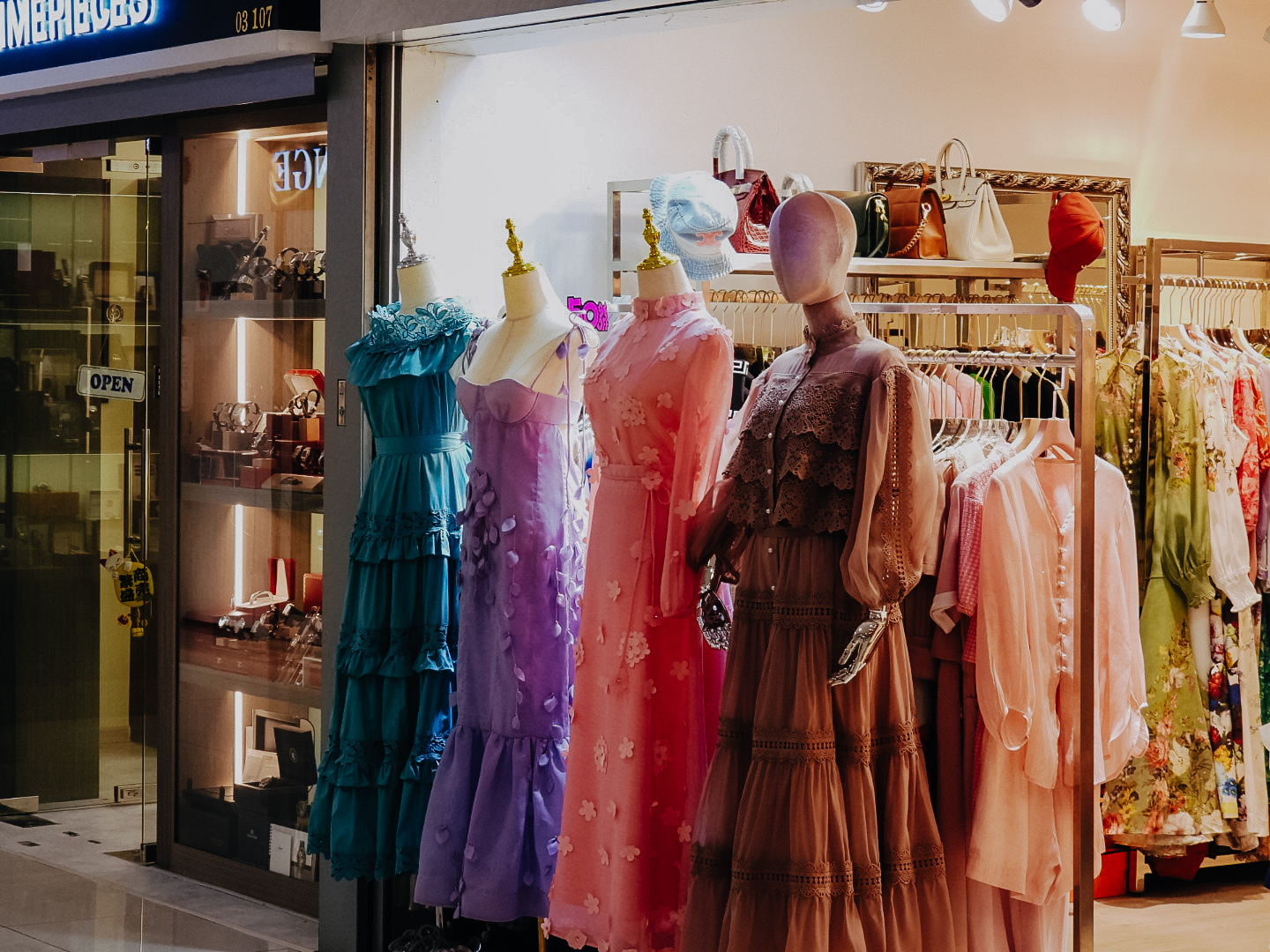
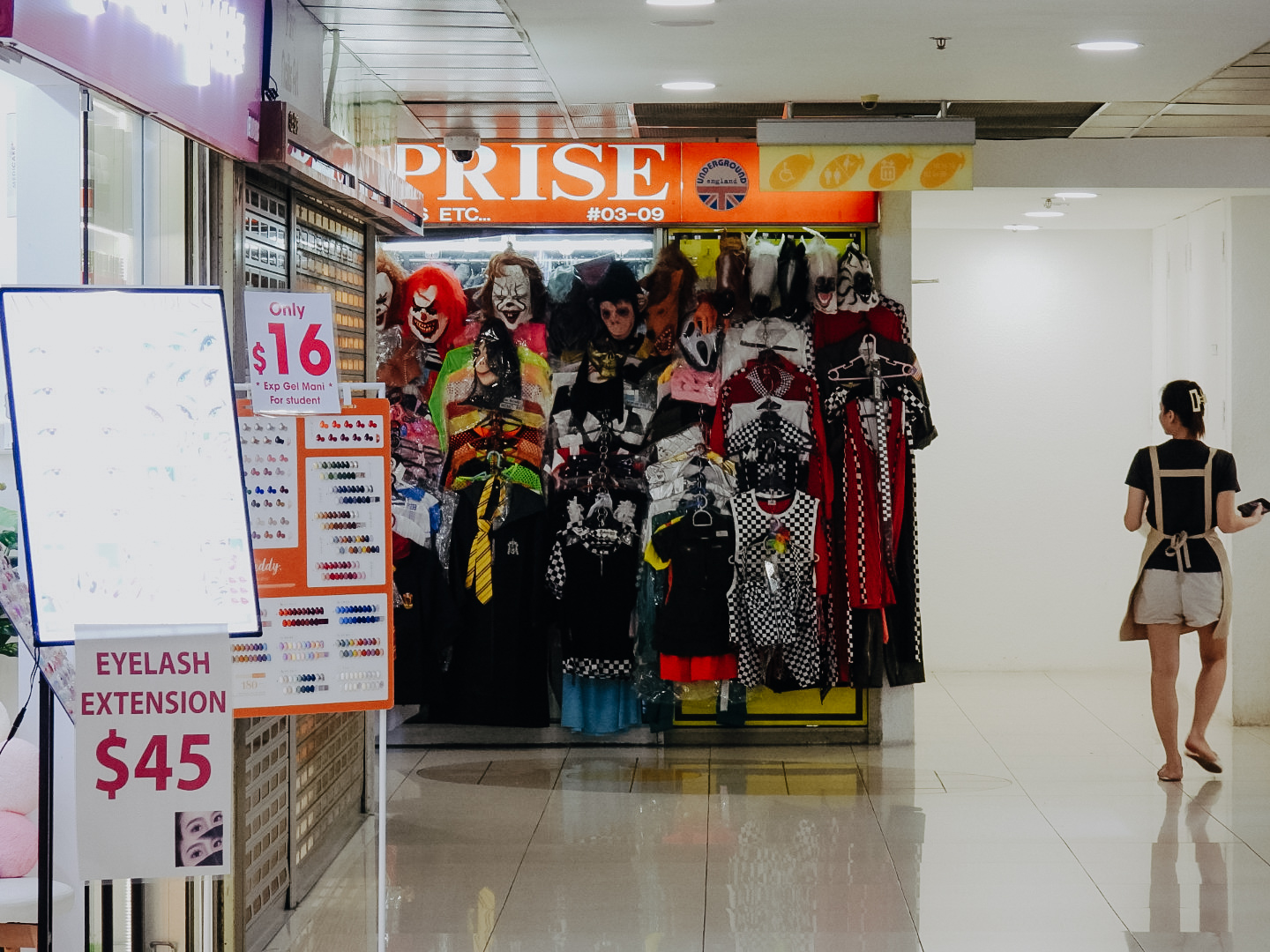
Back to the present
While filling up on secondhand nostalgia for my parents’ time, I also managed to hit up many of my own teenage haunts.
Like Cineleisure, which I used to frequent for phone covers at the now-shuttered Beadstreet.
When I visited, it’d become a mishmash of retro-looking stores and impossibly cool bars and restaurants; a strange juxtaposition of past and present.
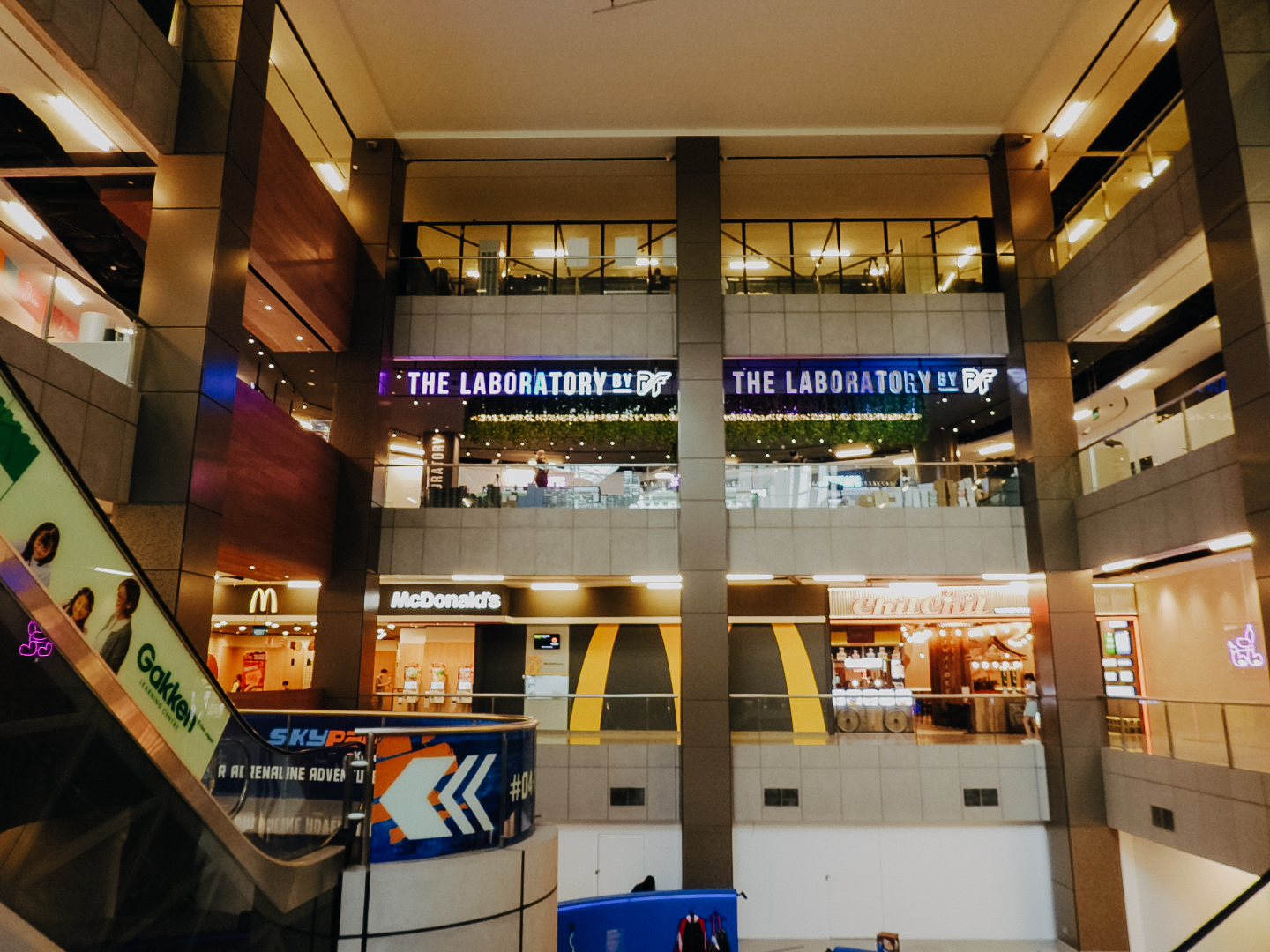
Back when I was in my thrifting phase, I’d hit up Lucky Plaza’s thrift stores for their seemingly-unlimited supply of secondhand gems.
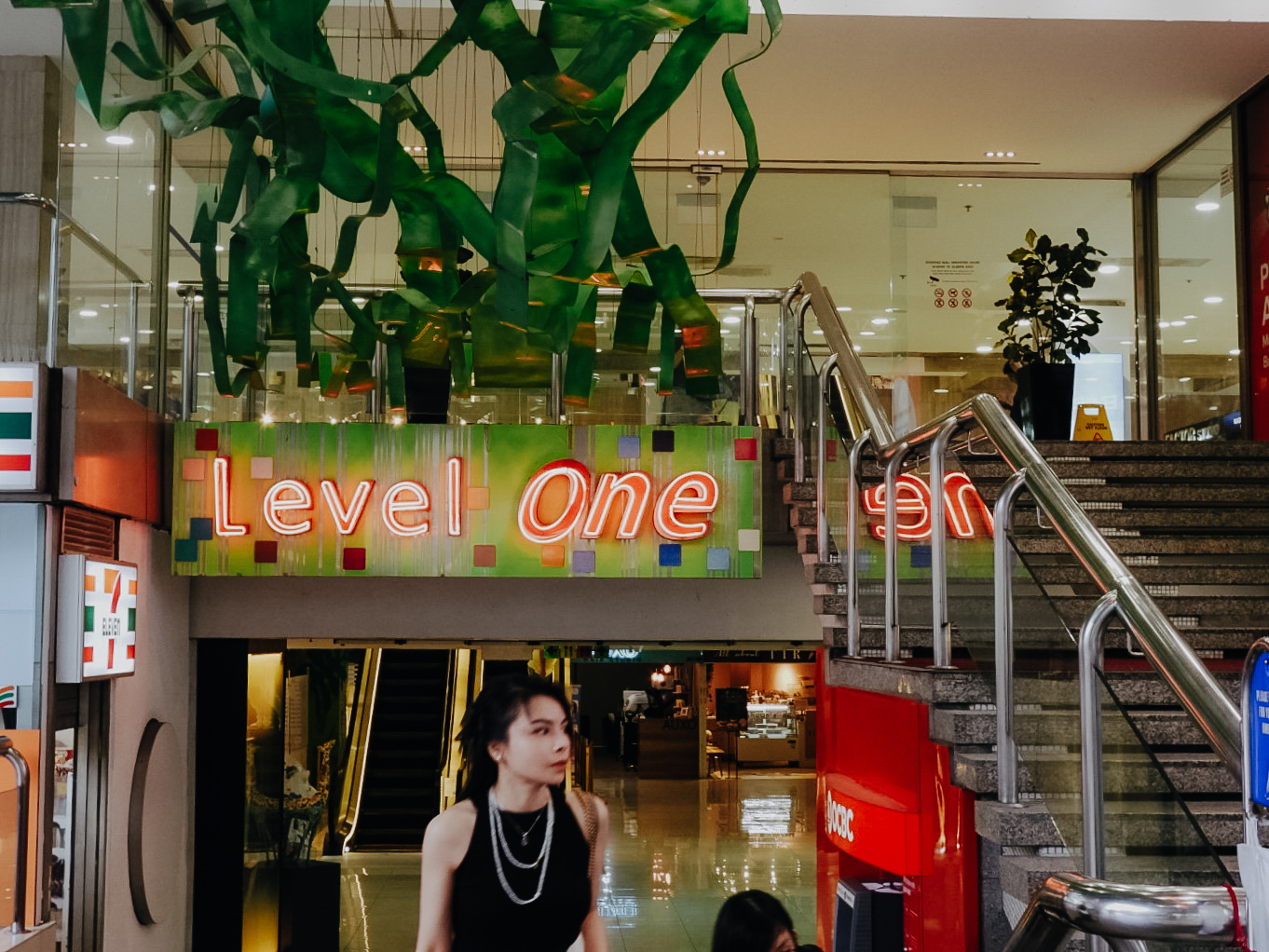
It’s since become quite the Gen Z destination, with thrifting now a mainstream activity.
A quick search on TikTok or Lemon8 will reveal young trendsetters sharing their favourite “hidden” thrift shop, or visiting Solace Studios for an inexpensive self-shoot photo experience.
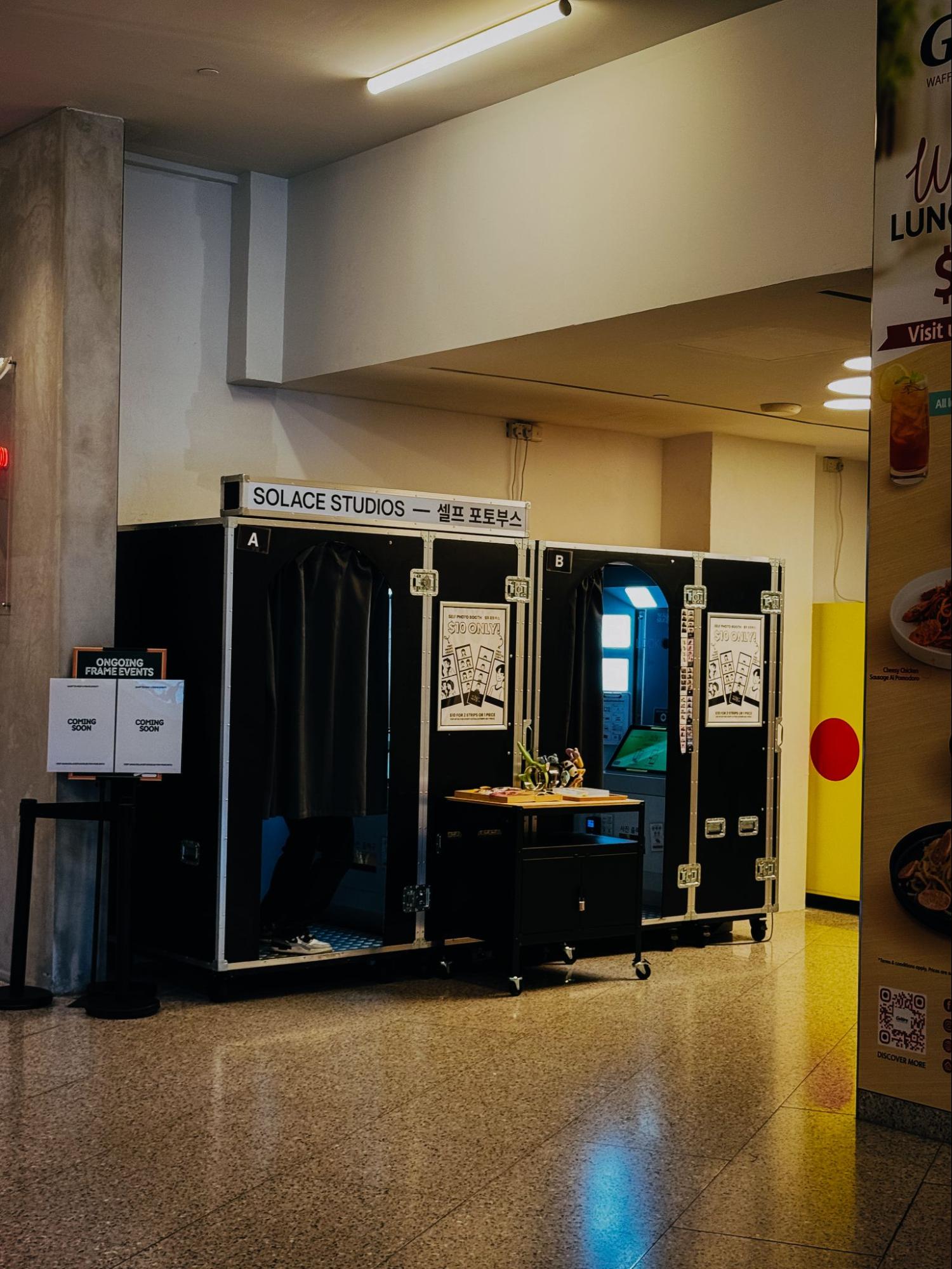
I’d be the first to admit that whenever I walk around town, I do so the Singaporean way — speed-walking with my eyes trained on my phone, beelining straight for whatever meal/task/activity I’ve planned.
Taking the time to intentionally wander around Orchard Road, with a map in hand and no real destination in mind, I felt like a tourist in my own hometown.
I noticed things I probably wouldn’t have ordinarily, like this specialty coffee stand that sits right in the middle of a quieter stretch of Orchard Road.
Originating from Kyoto, Kurasu “The Stand” sells coffee from a shop window. Its calm, Japanese-style decor was unexpected, even jarring, between the grey office buildings.
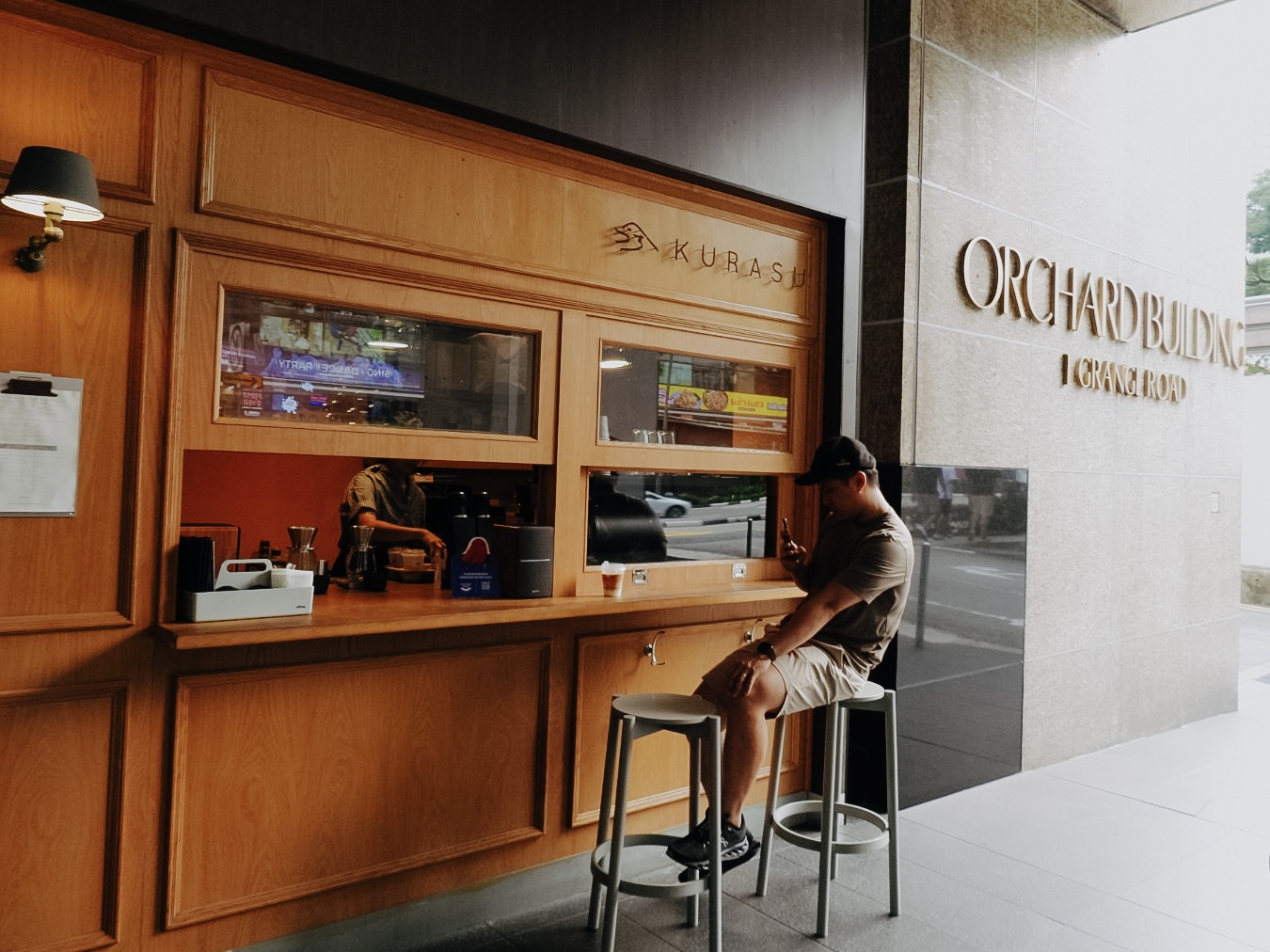
The stand is also one of Re-Route Festival’s “hidden gems”. In a fun twist, you can get a popsicle-shaped “passport” stamped at all eight locations — sort of like the stamps you’d get in Japan’s train stations, or in Jeju’s Olle trails.
Once you collect all the stamps, simply head over to the Re-think showcase, located at Level 1 of Design Orchard to redeem a secret prize.
Just follow Re-Route Festival on Instagram, post a photo or story, and tag them.
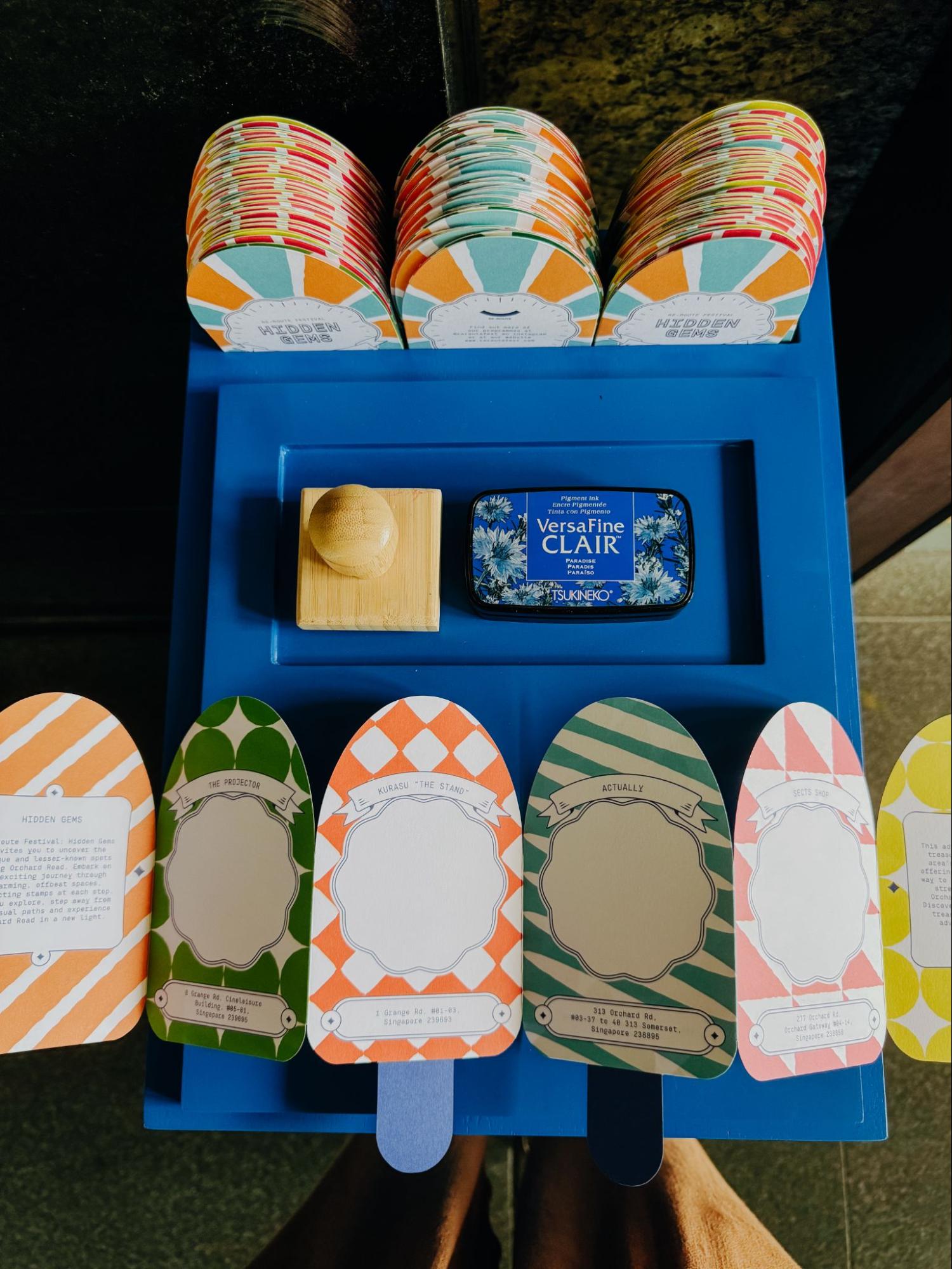
Making my way to the different installations, I also did something I wouldn’t ordinarily do in Singapore: people-watch.
Yes, I saw tourists.
But I also saw plenty of locals just going about their lives — people who work, live, and play in Orchard Road.
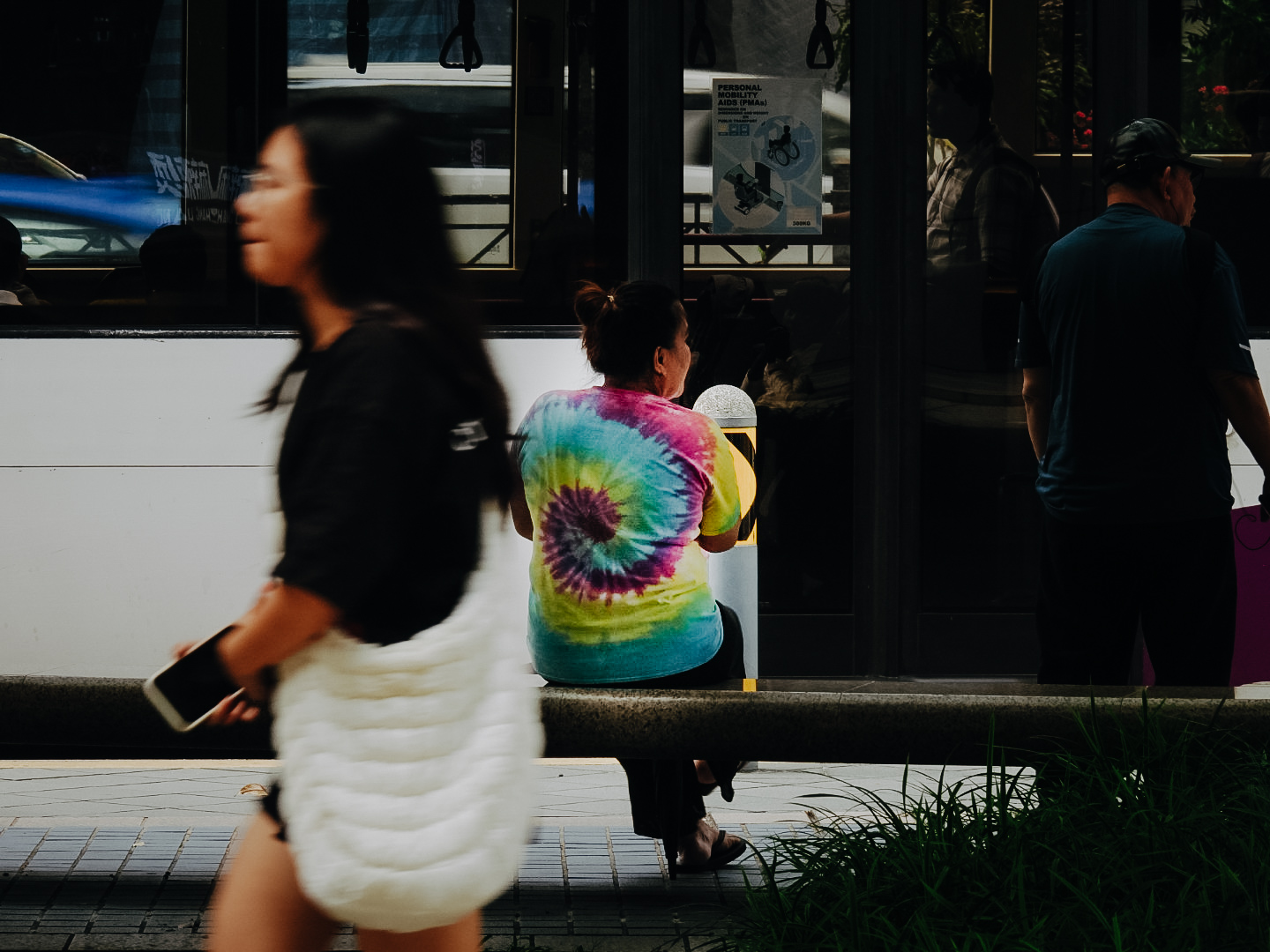
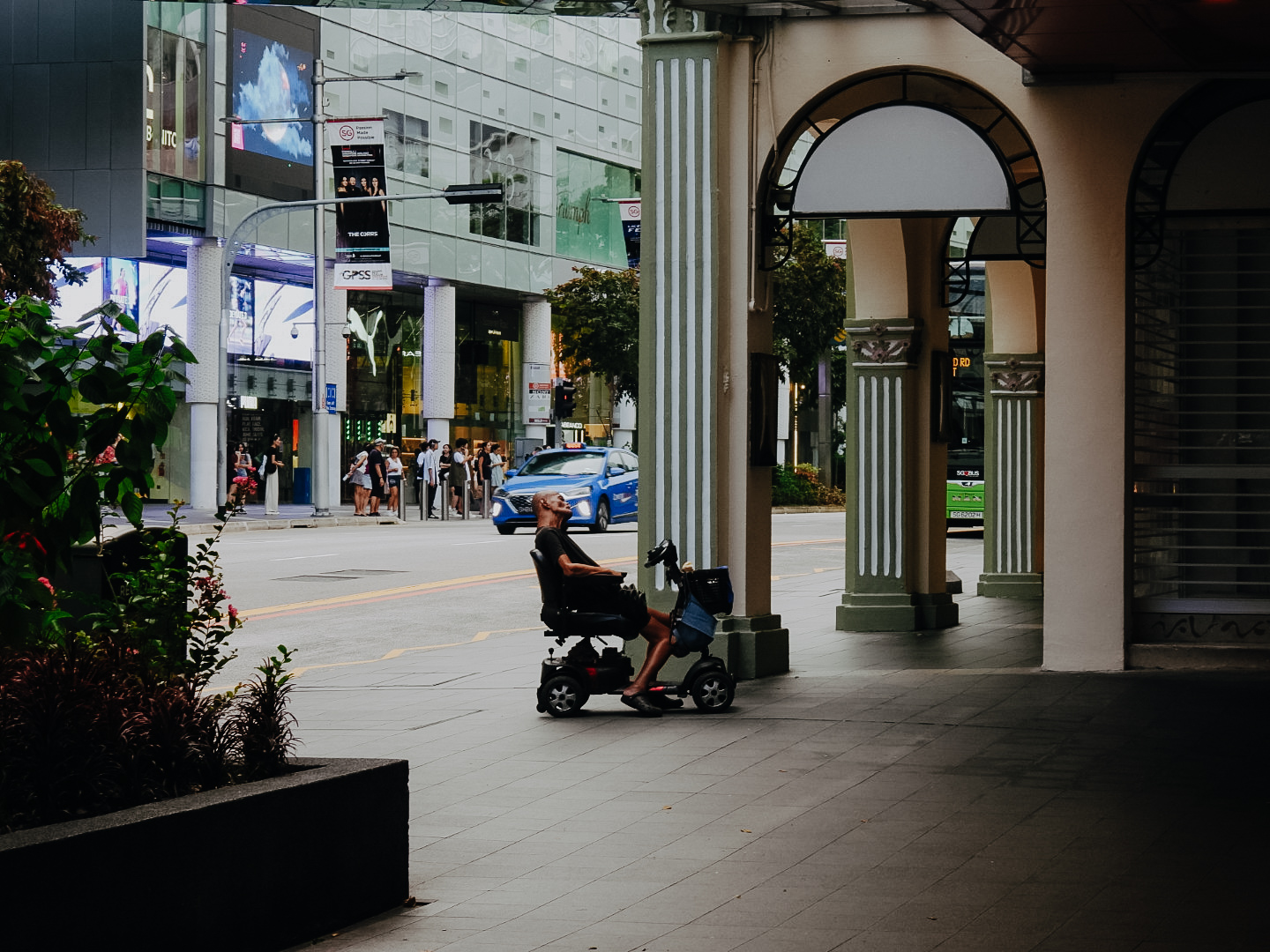
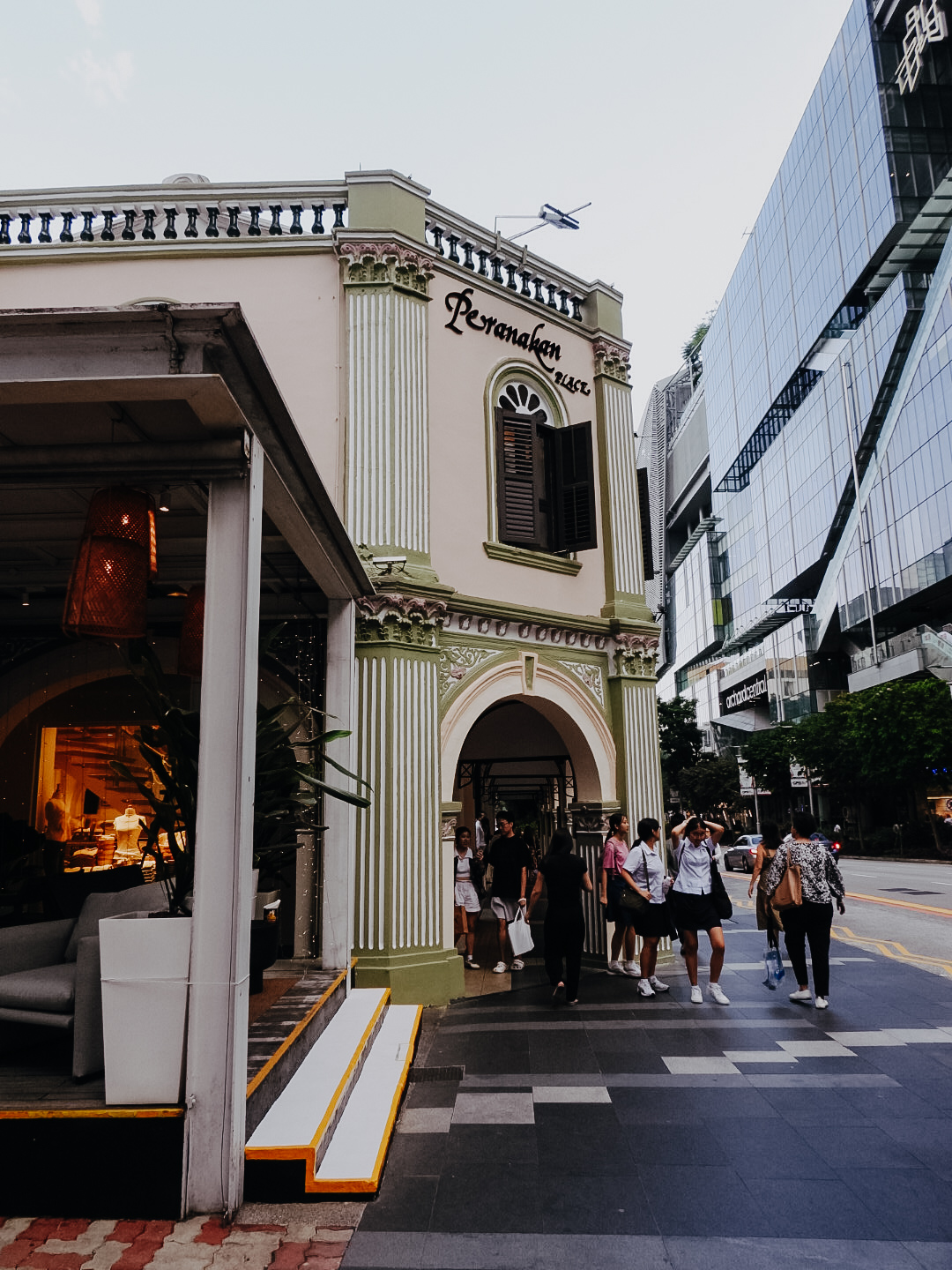
More than just for tourists
Funny story: I only recently visited Maxwell Food Centre for the first time.
My whole life, I’d dismissed it as “just for tourists”. It was only after a friend suggested meeting there for dinner that I stepped foot in there for the first time.
Full of tourists? A little expensive? Sure. But the food was also good — cheaper than restaurants or cafes for sure — and the stalls were run by earnest aunties and uncles, just trying to make a living.
I’d felt the same towards Orchard Road. Expensive food and expensive shopping? Ok lor, whatever floats your boat.
But after spending a day along the boulevard, I’m less sure.
Maybe Orchard Road wasn’t the only problem.
Maybe it was me, too.

It’s ironic, because whenever I’m overseas, I make a point of going down every little alley and every tiny backstreet.
I love the feeling of stumbling onto something off-the-beaten path; delight in unearthing a hidden gem that wasn’t in my itinerary.
For some reason, I’d never extended that same grace to my own boring little city.
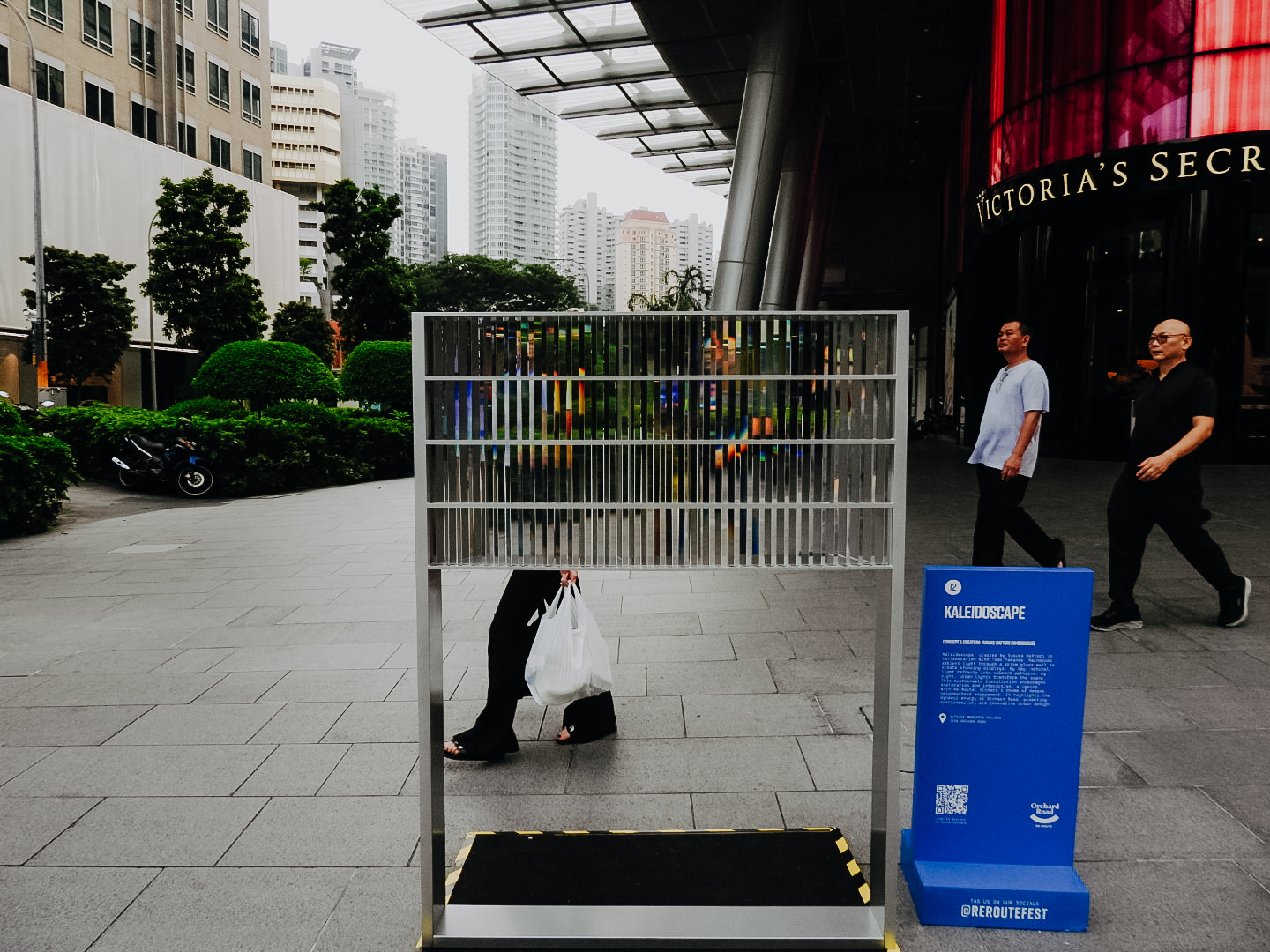
It might not be the same Orchard Road that I grew up with. But in a way, it’s a perfect microcosm of Singapore; a little too curated and a little too pristine on the surface.
But with plenty of character regardless, once you dig a little deeper.
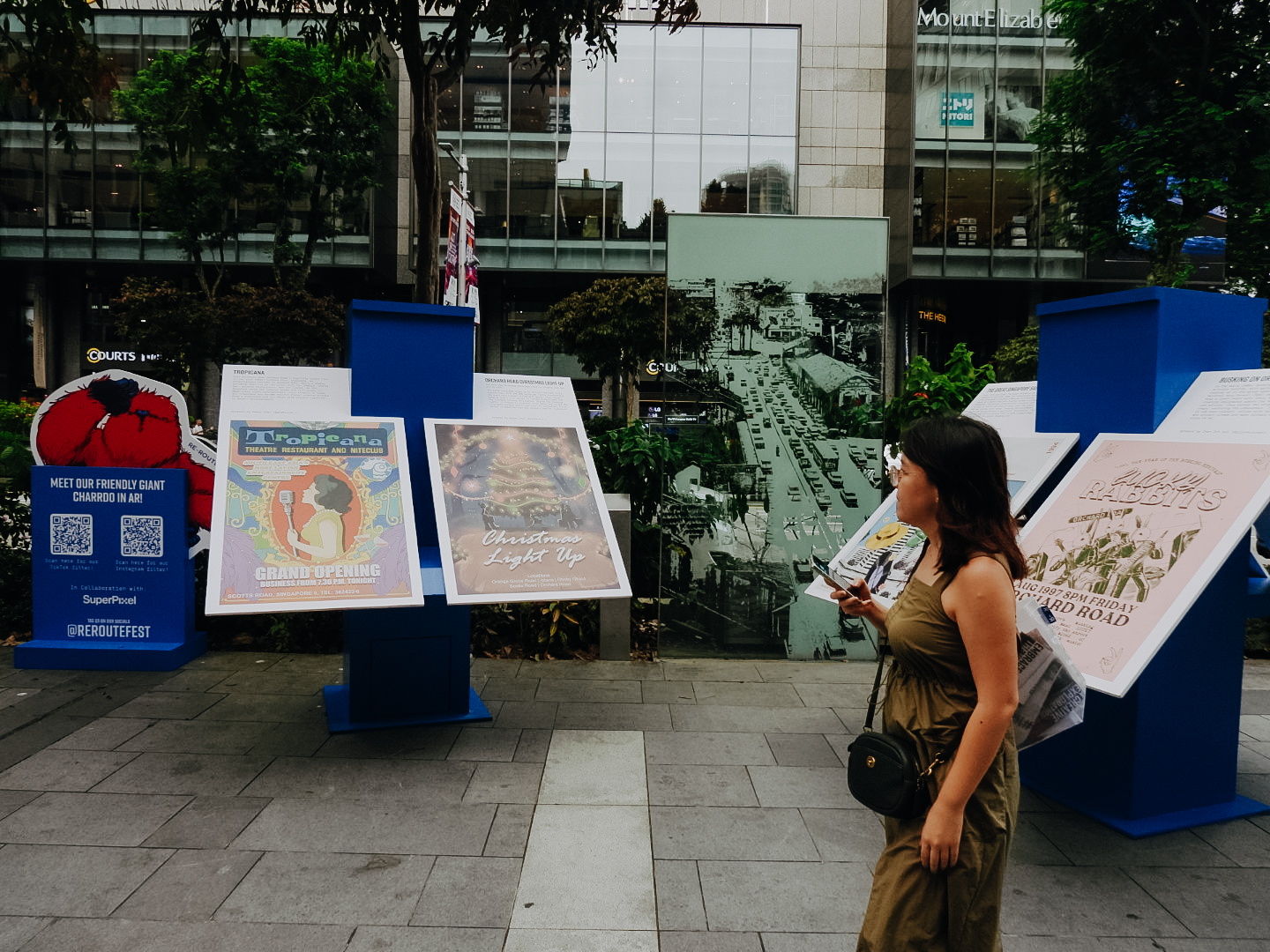
Singapore isn’t Tokyo, or Seoul, or Hong Kong. Orchard Road isn’t Myeongdong, or Shibuya, or Tsim Sha Tsui.
It isn’t soulless, though. It took being a tourist in my own city to realise that, but hey, better late than never.
If you’re up for an adventure on our little red dot, find out more about Re-Route: Orchard here.
Writing this Re-Route Orchard article forced this writer to explore her hometown like a tourist. But it wasn’t a bad thing.
Top photo by Ilyda Chua
MORE STORIES






